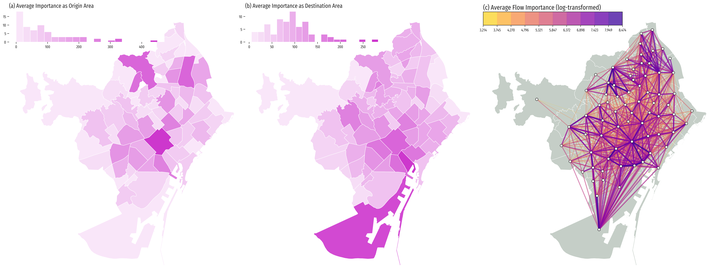A city of cities Measuring how 15-minutes urban accessibility shapes human mobility in Barcelona

Abstract
As cities expand, human mobility has become a central focus of urban planning and policy making to make cities more inclusive and sustainable. Initiatives such as the" 15-minutes city" have been put in place to shift the attention from monocentric city configurations to polycentric structures, increasing the availability and diversity of local urban amenities. Ultimately they expect to increase local walkability and increase mobility within residential areas. While we know how urban amenities influence human mobility at the city level, little is known about spatial variations in this relationship. Here, we use mobile phone, census, and volunteered geographical data to measure geographic variations in the relationship between origin-destination flows and local urban accessibility in Barcelona. Using a Negative Binomial Geographically Weighted Regression model, we show that, globally, people tend to visit neighborhoods with better access to education and retail. Locally, these and other features change in sign and magnitude through the different neighborhoods of the city in ways that are not explained by administrative boundaries, and that provide deeper insights regarding urban characteristics such as rental prices. In conclusion, our work suggests that the qualities of a 15-minutes city can be measured at scale, delivering actionable insights on the polycentric structure of cities, and how people use and access this structure.